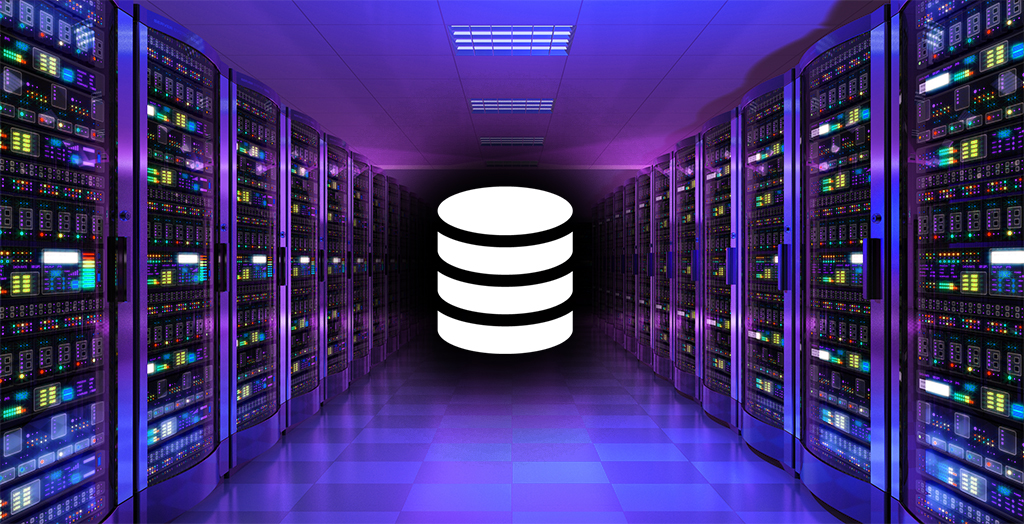What You Need to Know About Database Types, Structures, and Roles Now
 CodeXoft KE
CodeXoft KE
From social media platforms to banking systems, databases are the silent engines powering nearly every digital service we use. They store, organize, and retrieve vast amounts of data with precision and speed. This article explores what databases are, how they work, the different types available, and why they remain foundational to modern technology.
What is a Database?
A database is an organized collection of structured data stored electronically and managed by a Database Management System (DBMS). Its primary purpose is to enable efficient data storage, retrieval, modification, and deletion. Unlike simple file systems, databases enforce rules to ensure data integrity, security, and scalability.
A Brief History of Databases
1960s: Hierarchical and network databases (e.g., IBM’s IMS) dominated, organizing data in tree-like structures.
1970s: Edgar F. Codd introduced the relational model, revolutionizing data management with tables, rows, and columns.
1980s–2000s: Relational databases (SQL-based systems like Oracle and MySQL) became the gold standard.
2000s–Present: The rise of NoSQL databases to handle unstructured data, real-time processing, and big data challenges.
Today: Cloud-native databases, AI-driven optimization, and distributed systems lead innovation.
Types of Databases
1. Relational Databases (SQL)
Structure: Data is stored in tables with predefined schemas. Relationships between tables are defined using keys.
ACID Properties: Guarantee transactions are Atomic, Consistent, Isolated, and Durable.
Use Cases: Financial systems, inventory management, CRM platforms.
Examples: MySQL, PostgreSQL, Microsoft SQL Server.
2. Non-Relational Databases (NoSQL)
Designed for flexibility, scalability, and unstructured data:
Document Stores: Store JSON-like documents (e.g., MongoDB, Couchbase).
Key-Value Stores: Optimized for speed (e.g., Redis, DynamoDB).
Column-Family Stores: Handle massive datasets (e.g., Apache Cassandra).
Graph Databases: Map relationships (e.g., Neo4j, Amazon Neptune).
3. NewSQL Databases
Combine SQL’s ACID compliance with NoSQL’s scalability (e.g., Google Spanner, CockroachDB).
4. In-Memory Databases
Store data in RAM for ultra-fast access (e.g., Redis, SAP HANA).
5. Time-Series Databases
Optimized for timestamped data (e.g., InfluxDB, TimescaleDB).
Key Components of a Database System
Hardware: Storage (SSDs, HDDs), servers, and memory.
Software: DBMS (e.g., Oracle, MongoDB) and query tools.
Data: Raw information organized into schemas.
Procedures: Rules for data access, backup, and recovery.
Users: Administrators, developers, and end-users.
Database Models
Relational Model: Tables with rows and columns.
Hierarchical Model: Tree-like structure (parent-child relationships).
Network Model: Flexible graph-like connections.
Object-Oriented Model: Data stored as objects (used in OOP languages).
Object-Relational Model: Hybrid of relational and object-oriented.
Query Languages and Tools
SQL (Structured Query Language): The standard for relational databases.
sql
Copy
SELECT name, email FROM users WHERE age > 30;NoSQL Query Methods: MongoDB uses BSON queries, Cassandra uses CQL.
ORM (Object-Relational Mapping): Tools like Hibernate or SQLAlchemy bridge databases and programming languages.
Challenges in Database Management
Security:
Risks: SQL injection, unauthorized access.
Solutions: Encryption, role-based access control (RBAC), regular audits.
Scalability:
Vertical vs. horizontal scaling.
Sharding (splitting data across servers) and replication.
Performance:
- Indexing, query optimization, and denormalization.
Data Integrity:
- Constraints (e.g.,
UNIQUE,NOT NULL), ACID compliance.
- Constraints (e.g.,
Modern Trends in Databases
Cloud Databases:
- Fully managed services like Amazon RDS, Google Firestore, and Snowflake.
Big Data Integration:
- Tools like Apache Hadoop and Spark process petabytes of data.
AI/ML-Driven Databases:
Autonomous databases (e.g., Oracle Autonomous DB) use AI for self-tuning.
Predictive analytics for query optimization.
Multi-Model Databases:
- Support multiple data models (e.g., ArangoDB, Azure Cosmos DB).
Blockchain Databases:
- Immutable, decentralized ledgers (e.g., BigchainDB).
How to Choose the Right Database
Consider these factors:
Data Structure: Structured (SQL) vs. unstructured (NoSQL).
Scalability Needs: Vertical (scale-up) vs. horizontal (scale-out).
Consistency vs. Speed: ACID (strong consistency) vs. BASE (high availability).
Budget: Open-source (PostgreSQL) vs. enterprise (Oracle).
Conclusion
Databases are the backbone of the digital world, enabling everything from real-time analytics to personalized user experiences. As data grows in volume and complexity, innovations like cloud-native architectures, AI-driven management, and distributed systems will continue to redefine what databases can achieve.
Whether you’re building a small app or a global enterprise system, understanding databases—from SQL to NoSQL—is critical to designing efficient, scalable, and secure solutions.
Subscribe to my newsletter
Read articles from CodeXoft KE directly inside your inbox. Subscribe to the newsletter, and don't miss out.
Written by

CodeXoft KE
CodeXoft KE
Full-stack developer specializing in building exceptional digital experiences. Transforming ideas into elegant solutions through clean code and intuitive design.